Nominated for this year’s Deutsche Börse Photography Foundation Prize, Kusters reframes memory in a work that maps the atrocities of the Holocaust
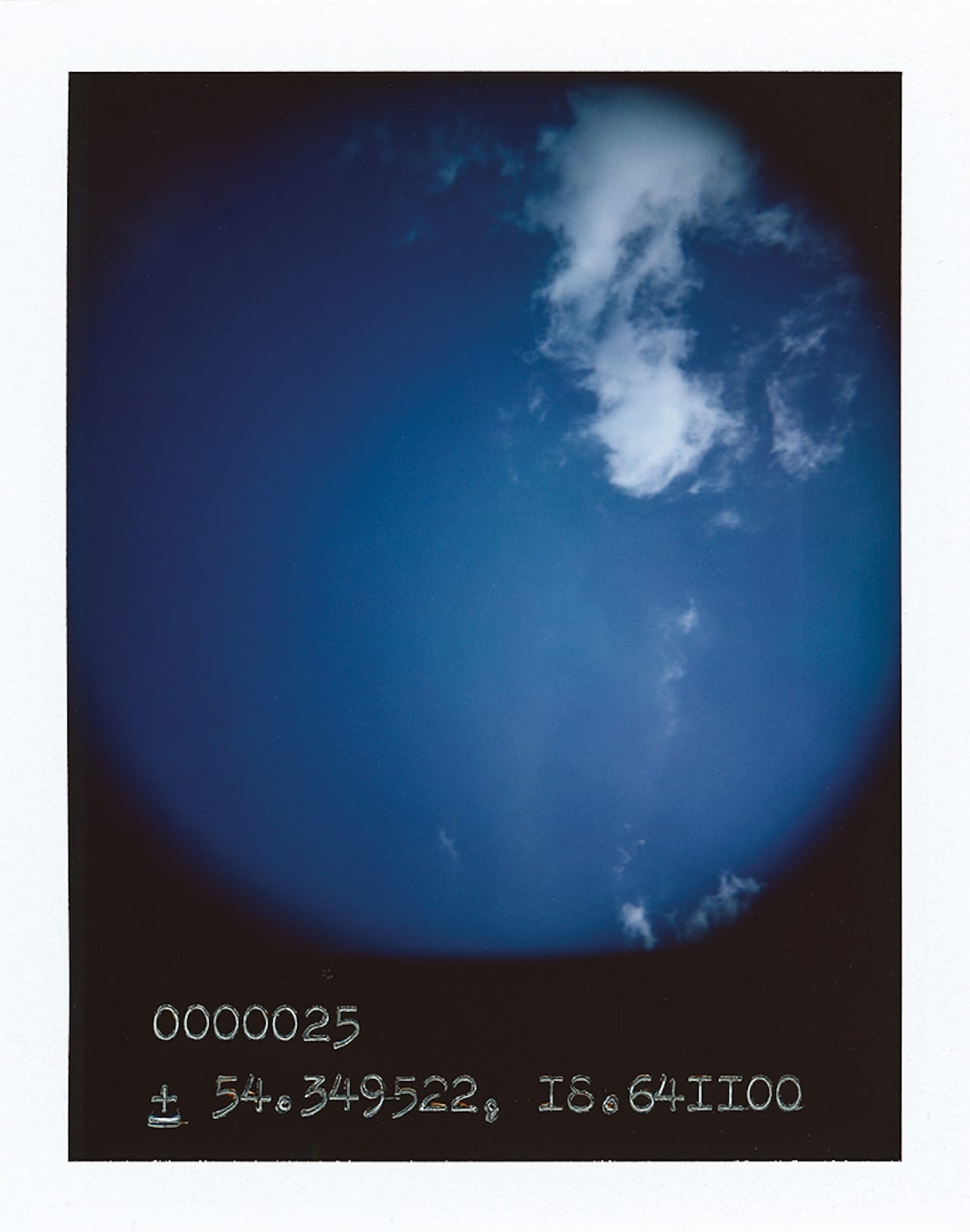

Nominated for this year’s Deutsche Börse Photography Foundation Prize, Kusters reframes memory in a work that maps the atrocities of the Holocaust
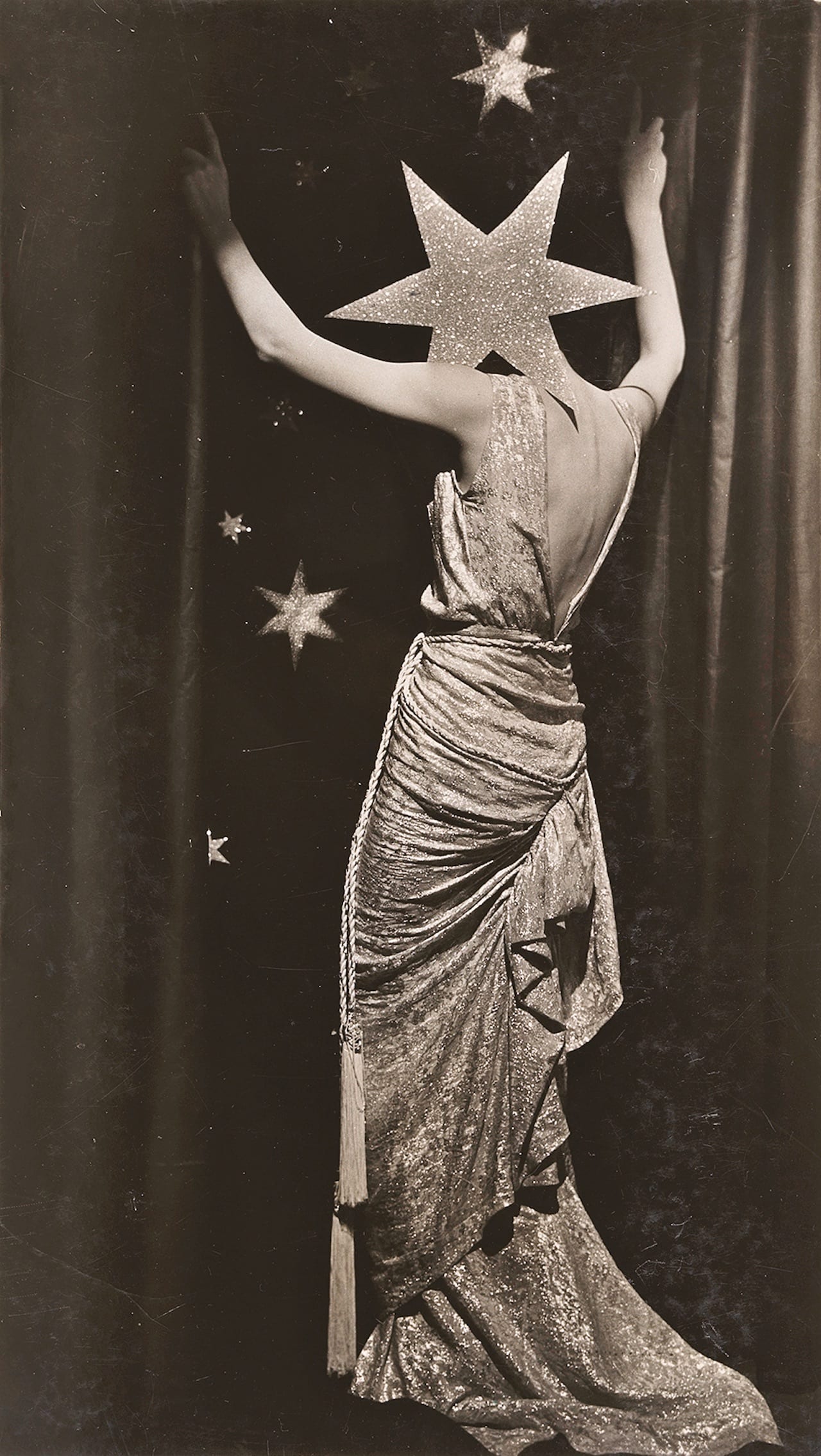
A solo retrospective at Tate Modern shines a light on the forgotten legacy of an influential artist who has, until now, remained in the shadow of her famous partner
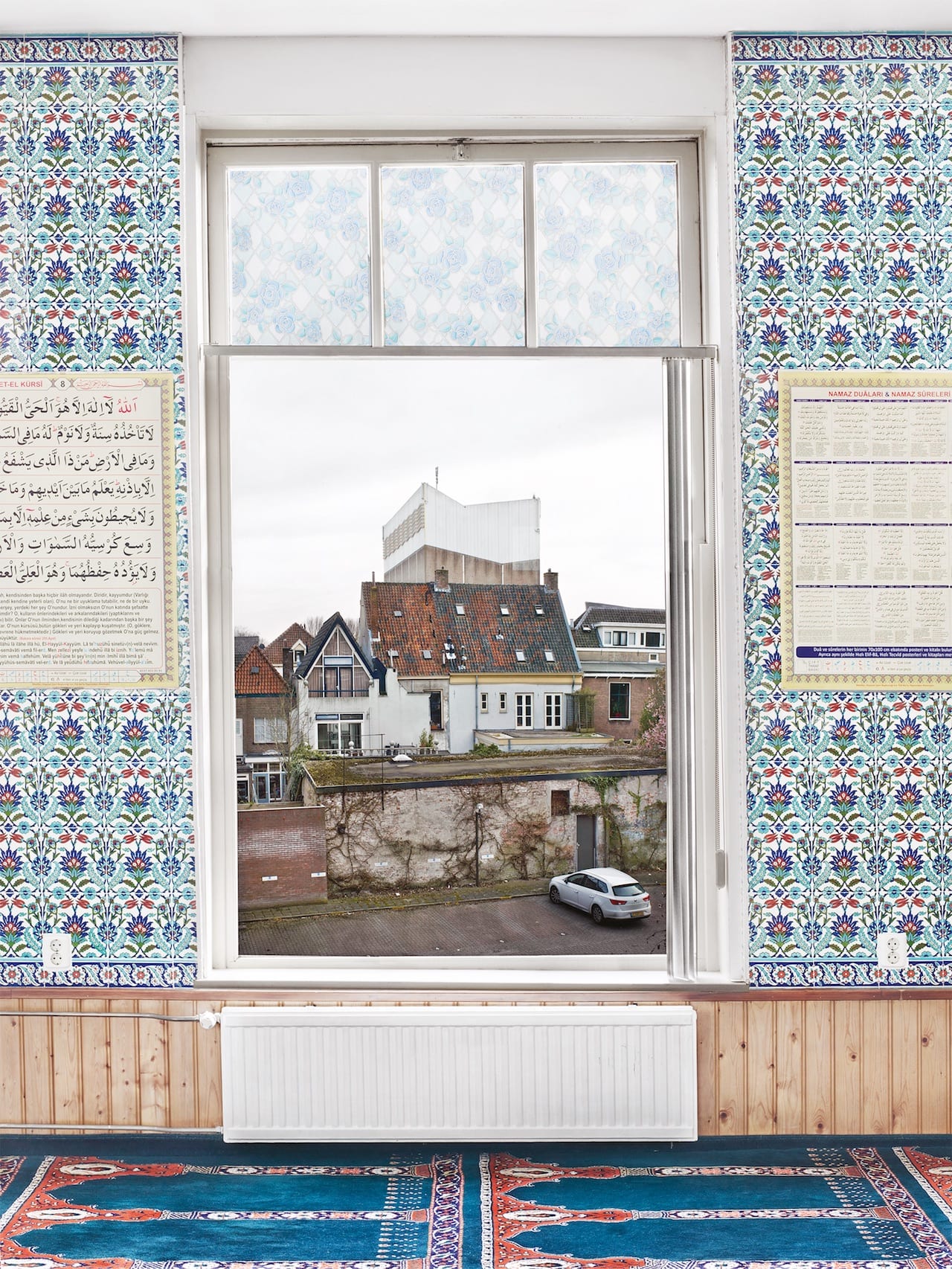
Travelling throughout the Netherlands, Marwan Bassiouni examines Muslim identity through the windows and outside views of mosques
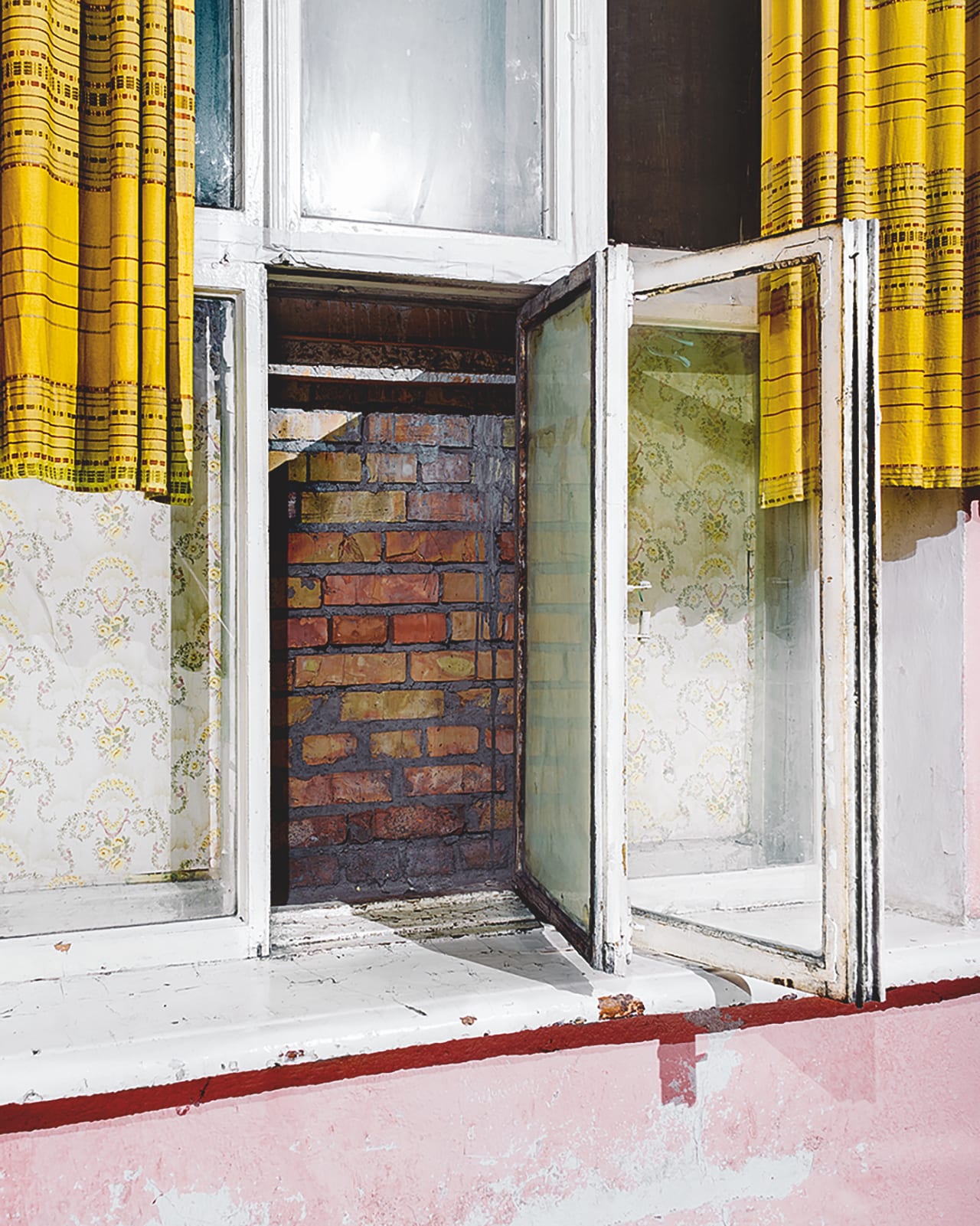
David Devil’s work that shows the psychological impact of conflict in the Ukraine is now published in a book
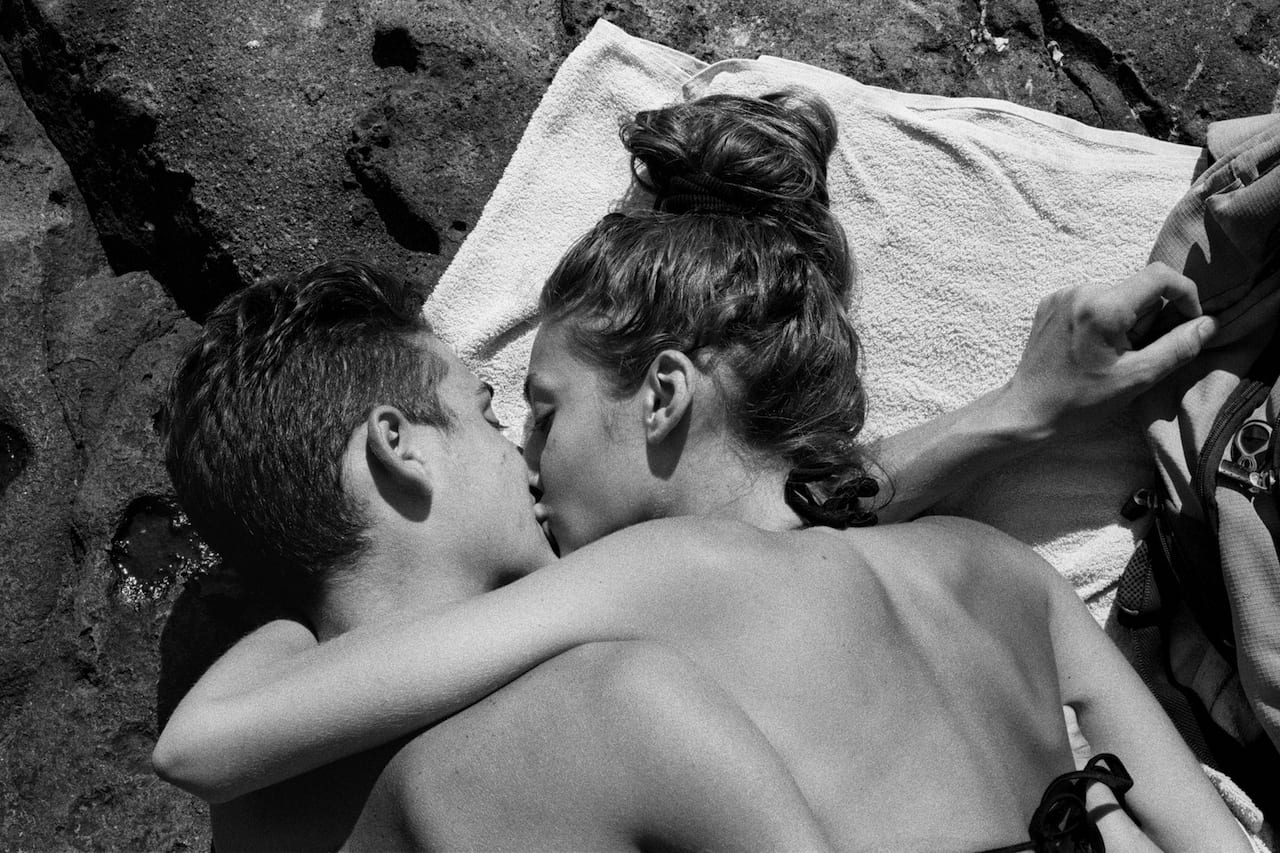
As a medical student specialising in youth and cognitive neuroscience, Claudio Majorana is not a typical documentary photographer. Having grown up with a mother in fine arts and a father in medicine, his attraction to the symbiosis between art and science was initiated at a young age, and his interest in photography – an artistic medium rooted in scientific process – came to him naturally. “Throughout my childhood, I spent tiSme painting in my mother’s atelier, or helping my father develop X-rays in his radiology darkroom. That’s where my interest in images began,” he reflects.
When Majorana was accepted into medical school at 19, he also began photographing voraciously. In the summer of 2011, he encountered a group of kids in the suburbs of Catania, his hometown in Sicily, and began documenting moments in their daily life, rooted in skateboarding culture and the general struggles and raucous habits that colour adolescent life. The result is his series, Head of the Lion.
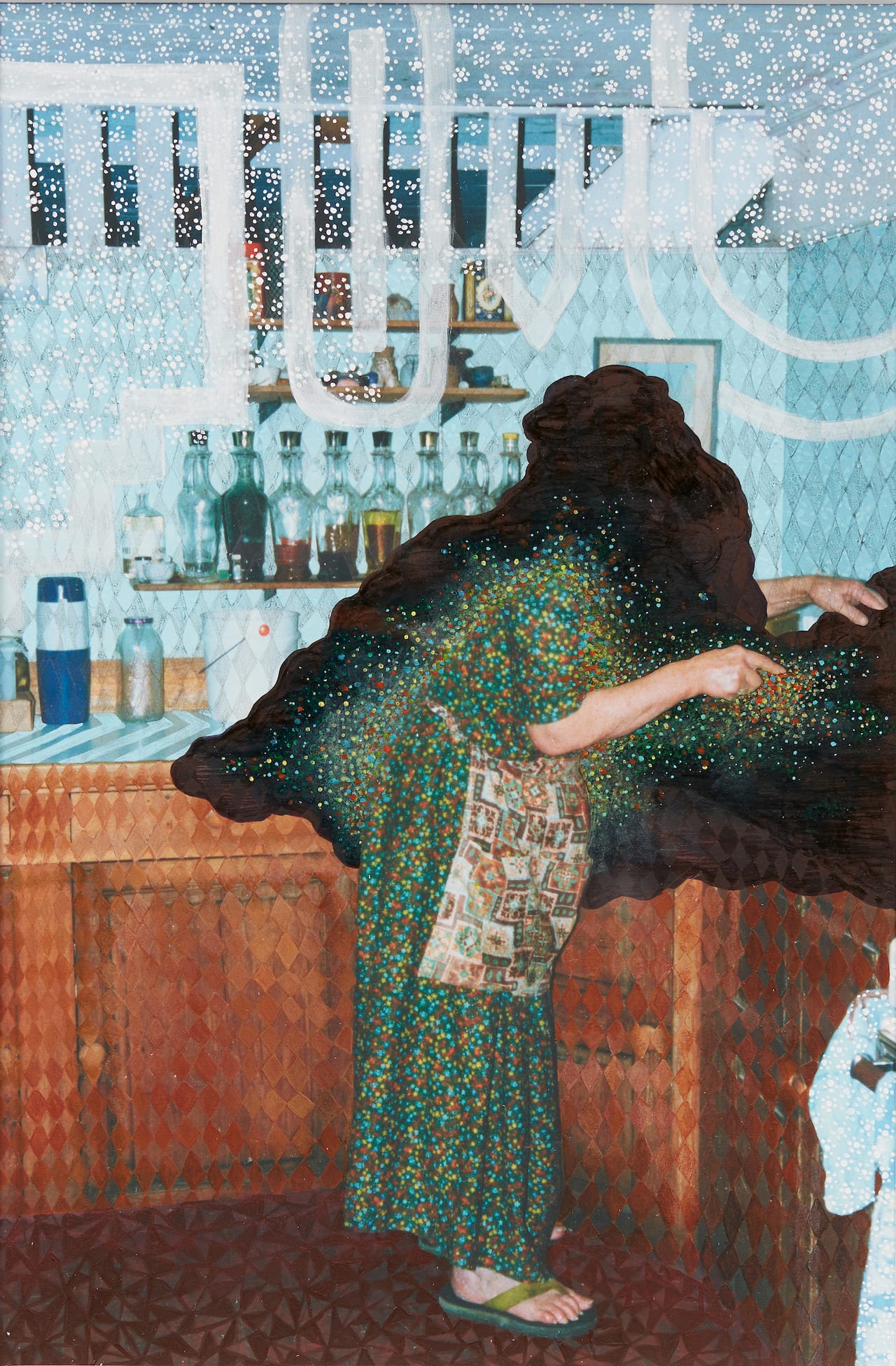
Think about conspiracy theories and the initial topics that come to mind often occupy a realm that’s beyond an everyday belief system – stories such as the Loch Ness Monster, Bigfoot or similar tales that are better contextualised as ‘urban legends’. While those stories might not have much truth to offer, there are many other theories within the category that, although fantastical, contain far more fact than fiction. These include the secretive workings of those in power which lead to a mutual feeling of suspicion between the authorities, government and citizens.
What is arguably more interesting than the concepts themselves, however, is the way that some individuals compile their own investigative research on suspicious topics, creating accessible and expressive visuals soaked in data, philosophy, and their take on the truth. From 18 September to 06 January, The Met Breuer in New York will exhibit the expansive show Everything Is Connected: Art and Conspiracy, featuring 70 works by 30 artists who represent an alternative to postwar and contemporary art from 1969 to 2016. The media presented in the exhibition includes painting, sculpture, video, installation art and, of course, photography.
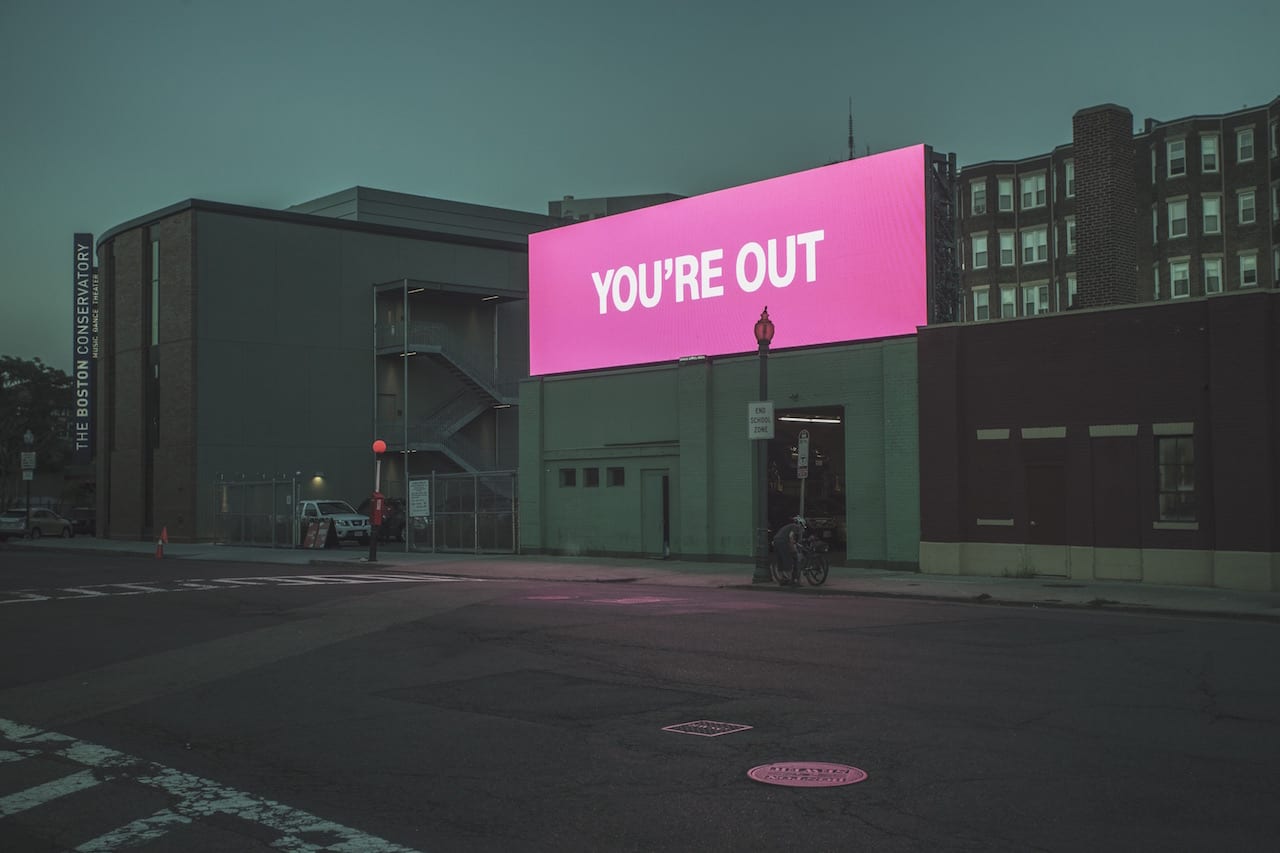
The medium of photography is inherently entwined with memory and nostalgia, especially when it relates to family history. For Christopher Bethell, the recollections of his American grandfather, Joseph ‘Joey’ O’Donnell, were shaped by the few photographs he saw of his relative while growing up in the seemingly unglamorous northern town of Stockport, England. Joey passed away when Bethell was a baby, and the photographer developed a fiction around him – that of a jazz musician who had left his family for a doomed second shot at his career, before falling for the temptations of Las Vegas and ending up in an early grave. Yet when he eventually sat down with his grandmother to find out what she remembered of Joey and their life together in the US, he uncovered “a story that was far more complex and much less cinematic”. In an attempt to deconstruct his own romanticised timeline of his grandfather and – as a dual citizen of the UK and the US – to discover America for himself, Bethell took a six-week road trip taking in Boston, Los Angeles, San Francisco, Reno and Seattle in 2015, ending the journey in Clarkston, Washington, where his grandfather had settled at the end of his life. The subsequent series is affectionately titled The Duke of Earl, a reference to the song by Gene Chandler, which Joey had sung to his future wife the first time they met. Divided into four chapters, Bethell’s images are prefaced with a family photograph of Joey, each followed by its inscription on the back, penned by Joey.
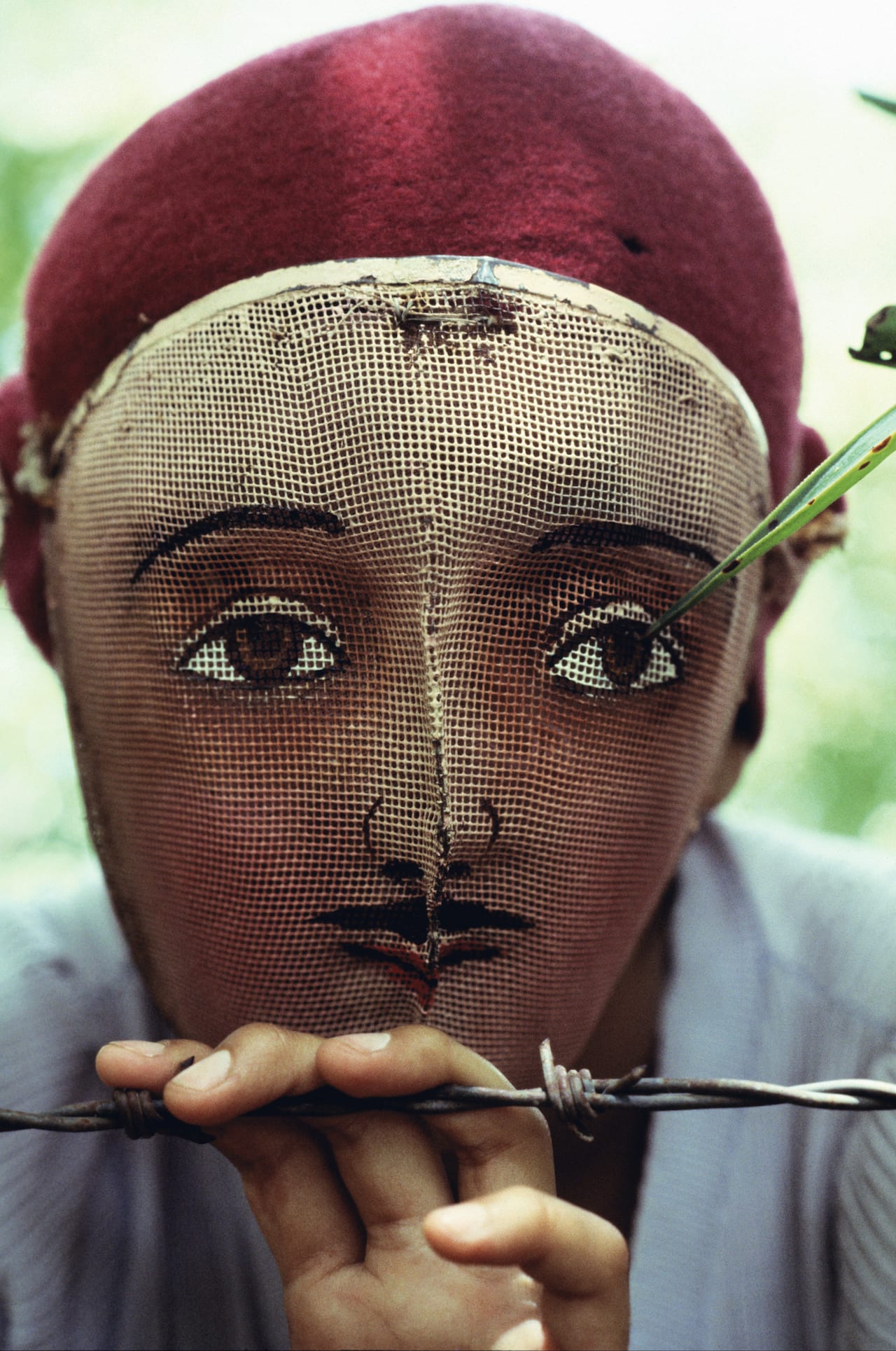
Susan Meiselas has been a pivotal figure in photography since her career began in the 1970s, a decade when the ethical discussion surrounding the inspiration, intent and dissemination of documentary image-making was rampant. Perpetually questioning the motivation and perception of her images, the American has spent her life grappling with these issues, practising what it means to document something outside of her own personal experience. This spring (06 February to 20 May), Jeu de Paume in Paris presents Mediations, a retrospective revisiting her vast oeuvre, beginning with early portraits that include 44 Irving Street (1971) and Carnival Strippers (1972-75).
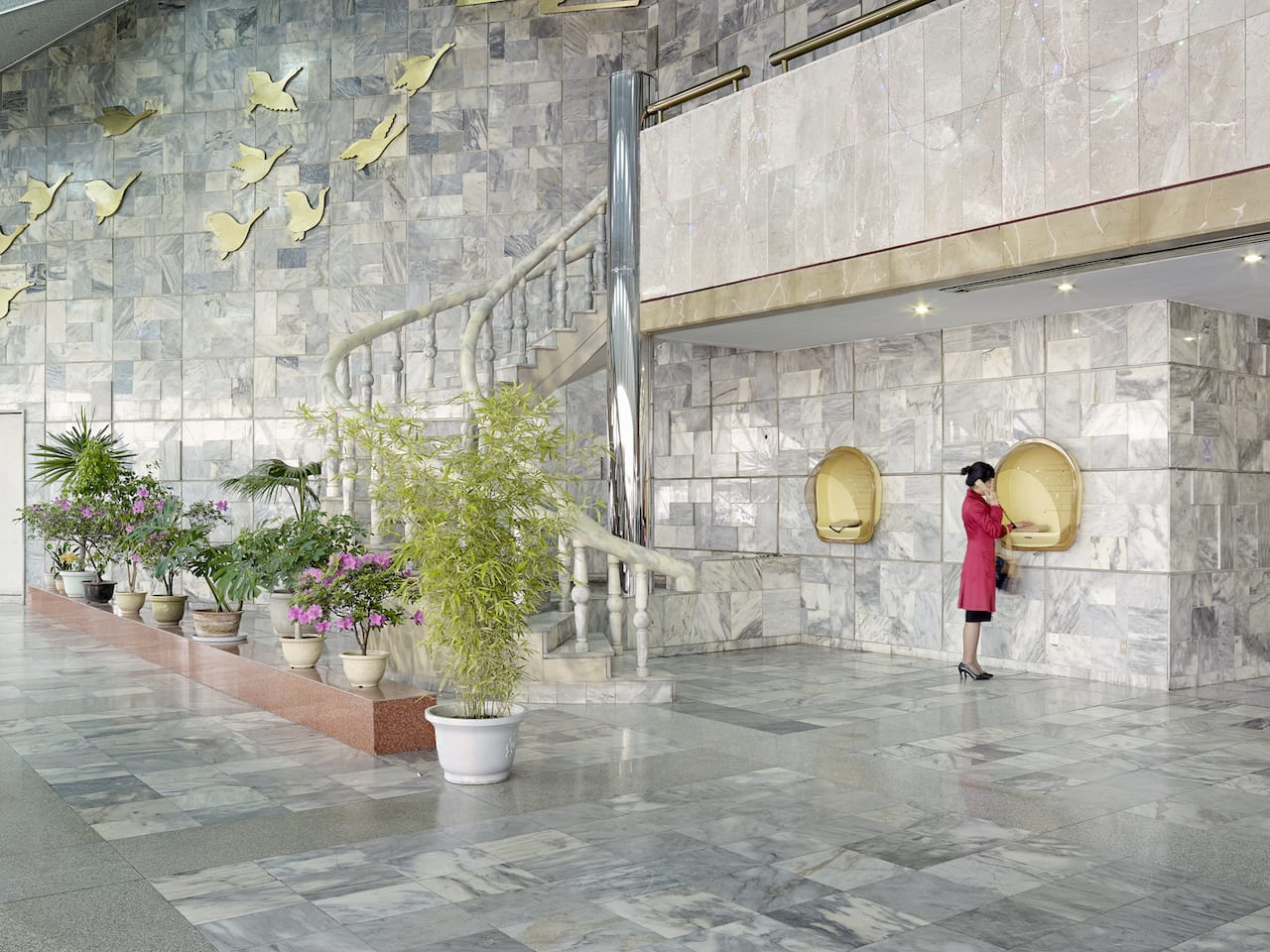
Documentary images of North Korea have trickled steadily into the media landscape since the late 1990s. Since those granted access to the region are afforded little freedom to be creative, their main depictions are usually of totalitarian dictatorship, state-sanctioned ideologies, normalised militarism, and colossal architecture, all of which have become over-familiar in images of the country. This documentary déjà vu is what prompted Eddo Hartmann to pursue a multimedia project about North Korea, to act as a record for what many of us cannot see. The photographer visited Pyongyang, the country’s capital, four times between 2014 and 2017, creating thousands of large and medium format digital images of the city’s architecture and citizens. “I kept seeing images in this World Press Photo kind of style,” he explains. “I knew that if I were to go there, it would not be the way that I would take pictures, because it wouldn’t be interesting.”